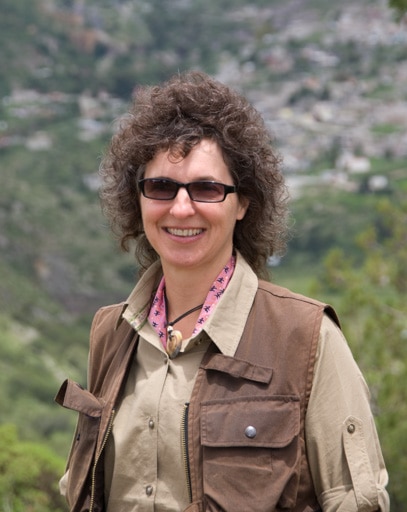
‘Roman’ through Kresen Kernow to a mine in South West Portugal
On a recent research visit to the excellent Kresen Kernow at Redruth, Cornwall, which houses a superlative collection of documents and other artefacts of relevance to the Cornish nation, I came across a very fragile and puzzling drawing. It related to the installation of an underground beam engine in 1871 at a mine with a Spanish name – Santo Domingos (St Dominic) – which was archived under Mexico. So far, so good. A mine named Santo Domingos is not beyond the realms of possibility, although after around 30 years researching the Cornish in Mexico, I was not familiar with this particular mine.
Imagine my surprise and consternation when I saw that the drawing depicted Roman shafts and levels! Now every school child knows that the Romans never crossed the Atlantic, and my interest was piqued. I knew it must surely relate to a mine on the Iberian Peninsula, and I had a hunch which one it was. Once back at home, I was pleased to confirm my suspicions. The drawing depicts Mina São Domingos in South West Portugal in the Iberian Pyrite Belt which I had visited in 2008. And yes, you’ve guessed it, the mine had Cornish connections!
© Dr Sharron P. Schwartz
São Domingos was indeed worked by the Romans, and was reopened by British company, Mason and Barry Ltd, in the late 1850s. The managing director, mining engineer James Mason, had links with two specific areas in Cornwall: The Central Mining District and the Tamar Valley. Hence many of the Cornishmen hailed from the towns of Redruth, Calstock and Tavistock, just over the border in West Devon. This small knot of skilled Cornish miners, who occupied managerial and engineering positions, helped to pioneer copper and pyrite mining in what is termed the Iberian Pyrite Belt. It was undoubtedly one of these men who produced the drawing that is now archived at Kresen Kernow.
By the early 1860s, the São Domingos Mine had become Europe’s largest copper producer and had displaced the Avoca Mines in Ireland’s County Wicklow, as Britain’s main supply of sulphur.
The Cornish lived in a small and separate British expatriate community under a scorching summer sun in a heavily polluted landscape that came to resemble a moonscape. Malaria was rife and the Iberian mineworkers locked horns with the Cornish on more than one occasion, resulting in rioting and strikes.
Click here to find out more about this remarkable mine which operated for over a century, and the Cornishmen who worked at it.
‘Roman’ through Kresen Kernow to a mine in South West Portugal

Dr. Sharron Schwartz
Specialist in Cornish Mining Migration and transnational communities
